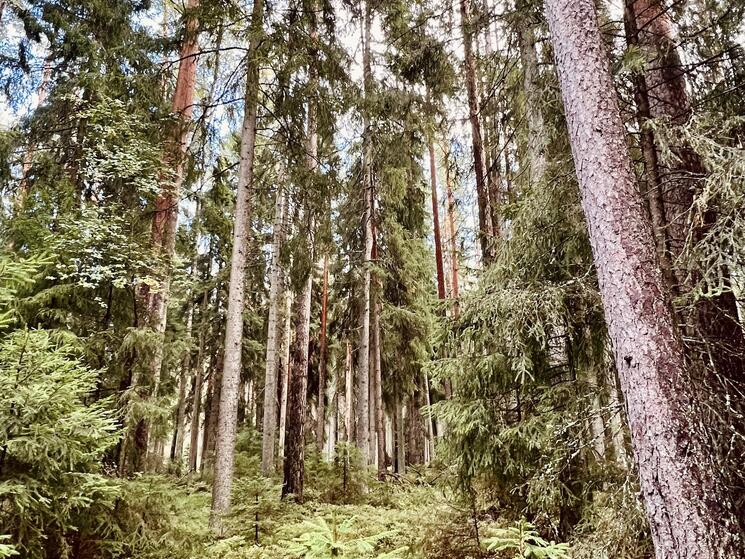
The Forest is the First Stop in Supply Chain Sourcing: Lessons from Finland’s Bioeconomy Approach
- Date: 25 May 2023
- Author: Jess Zeuner, Program Specialist, Plastic & Material Science, WWF
In the minds of many consumers, the products we buy 'begin’ when they hit our store shelves.
Of course, we know they came from somewhere – but not often do we stop and consider the full life cycle of a product, the origin of the materials that make it up, or the environmental footprint that began long ago, the moment those materials were sourced.
As we strive for a future economy no longer dependent on fossil fuel, we have the opportunity to reduce the carbon intensity of materials we use every day. From packaging, to textiles, to the automotive industry – the benefits of replacing fossil carbon with renewable carbon derived from plants could extend to a wide range of industrial and consumer goods applications. The potential climate benefits of the bioeconomy are immense – however, transitioning to plant-based production relies heavily on agricultural and forestry industries, both of which can have serious social and environmental impacts.
Careful decision-making and responsible sourcing are essential for the production and management of biobased materials, especially considering the increasingly important issues of food security, land competition, water, climate change, biodiversity loss, and safe labor practices.
Most of us never get the opportunity to see the origin of the materials that make up the products we use every day – not even the people making the most critical decisions about product sourcing. WWF believes in the power of connecting multinational corporations to local implementation as an important mechanism, allowing these decision makers to see the reality of how things play out on the ground. That’s why WWF led members of the Bioplastic Feedstock Alliance (BFA) on a field trip to Finland this past September, with the goal of better understanding the country’s approach to forestry and their conservation priorities.
Breaking our usual cadence of virtual learning sessions to venture into the field, this trip brought companies face to face with the landscapes they could or already do rely on to source ingredients to make products and packaging.
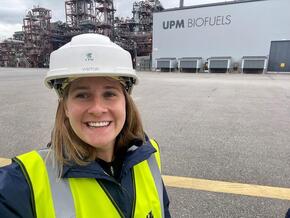
WWF's Jess Zeuner outside the UPM Kaukas mill
While this is not the first BFA field trip – previous excursions have included trips to the Northern Great Plains region of the United States and to the State of São Paulo in Brazil to understand the local dynamics of corn and sugarcane production – the goals have largely stayed the same. Material supply chains are often complex and long, and it can be difficult to understand how sourcing policies actually affect landscapes and people on the ground. The recent trip to Finland helped the group to see what works well and what doesn’t, as well as hear firsthand from the people at the very beginning of the sourcing process.
After a day of learnings on Finnish forestry and conservation priorities from local experts, our trip kicked off in Lappeenranta, a lakeside city northeast of Helsinki, and included a visit to the UPM Kaukas mill integrate. The group was able to witness the wood yard gate and wood handling start point, the pulp mill and energy control room, and the biorefinery. At each location, UPM staff operating the facilities gave an overview of how the machinery worked, volumes and products produced, and key sustainability considerations. We then reflected on how these sites touched on market trends, the role of third-party certification, and the various uses of wood-based side streams for other purposes at the mill (e.g. energy production, compost, etc.).
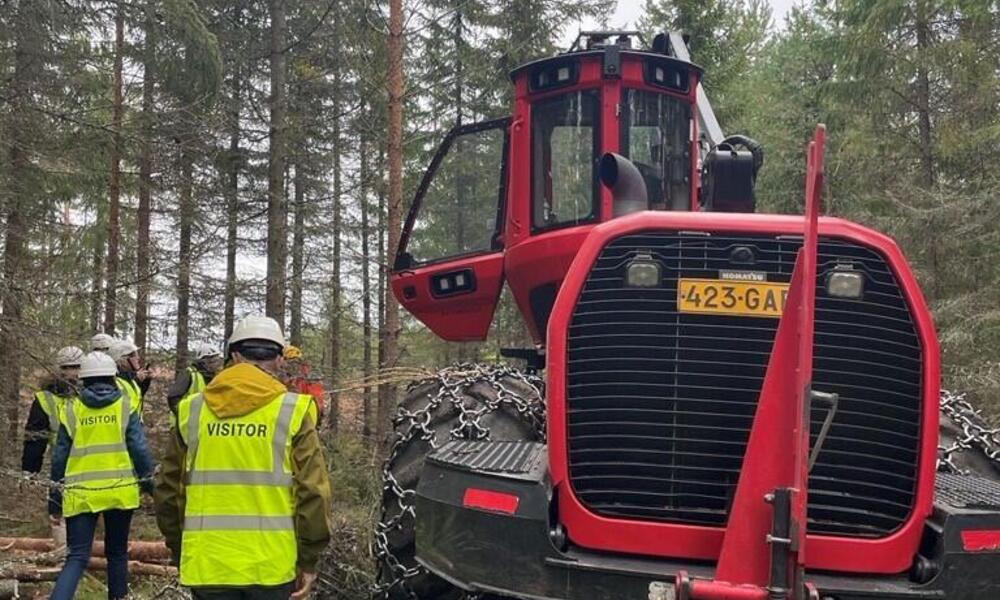
UPM forest thinning operation site visit near Kouvola
We then journeyed to a forest site certified by Forest Stewardship Council near Kouvola to see forestry operations in action. The group explored the forest and enjoyed a conversation with the forester leading the forest thinning operations on-site; the conversation focused on the specific operations at the forest level – tree planting, sustainable management, and forest protection.
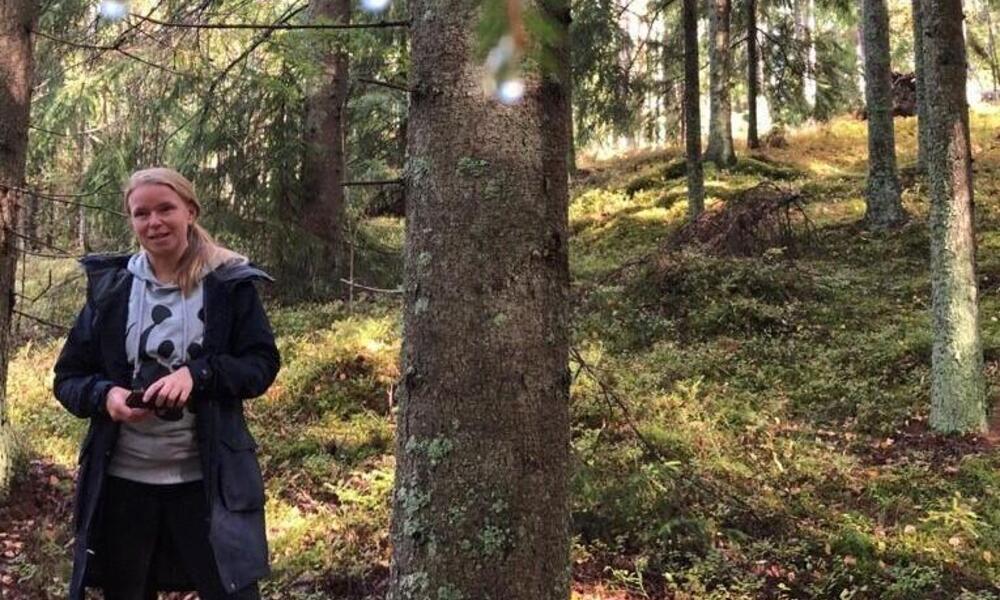
Mai Suominen (WWF-Finland) leads BFA members on a a guided walk through a protected natural forest in Kirkkonummi
WWF-Finland then led the group through two wetland sites and one forested site alongside a lake, sharing their expertise along the way. Historically, forestry practices in Finland have had impacts on freshwater systems in the region. For example, the draining and ditching of peatland (terrestrial wetland ecosystems characterized by the presence of peat, a spongy type of soil made of partially decayed organic material) for commercial forests has contributed to nutrient loading throughout the watershed. With the help of local implementation partners, WWF-Finland leads on the design, restoration, and construction of wetlands across Finland as a key mechanism of safeguarding the Baltic Sea and Finnish lakes from human-induced nutrient loading.
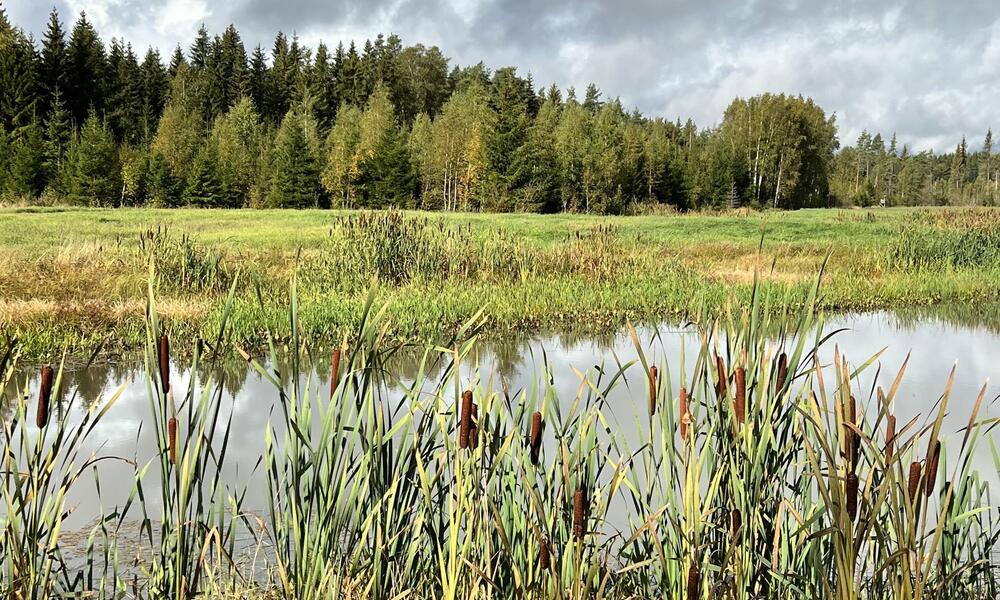
Wetland restoration site visit; Inkoo, Finland - south west of Helsinki
Hearing from the people working at the very beginning stages of production, including machine operators and technicians, supplier sustainability teams and company leadership, helps to better understand the needs, challenges, and opportunities for improvement as it relates to conservation goals and sustainability targets.
These insights are invaluable, especially for companies further down the supply chain who are making key decisions. Connecting to the landscape and understanding the full life cycle of our products – from sourcing, to production, to consumption, and all the way to disposal – is the first step to truly appreciating the value of the resources we take from our planet.
BFA was formed by some of the world’s leading consumer brand companies as a precompetitive, multi-stakeholder forum focused on advancing knowledge of bioplastics and their potential social and environmental impacts. BFA provides thought leadership on responsibly sourced bioplastics as part of a circular economy. A foundational objective of the BFA is to develop and maintain a methodology for assessing bioplastic feedstocks in order to secure a common understanding of responsible sourcing considerations. The methodology was updated in 2022 from a previous version published in 2016, and serves as a desktop tool to allow brands and producers to make more transparent sourcing decisions on plastic feedstocks.
Please visit BFA’s website for more information!
###